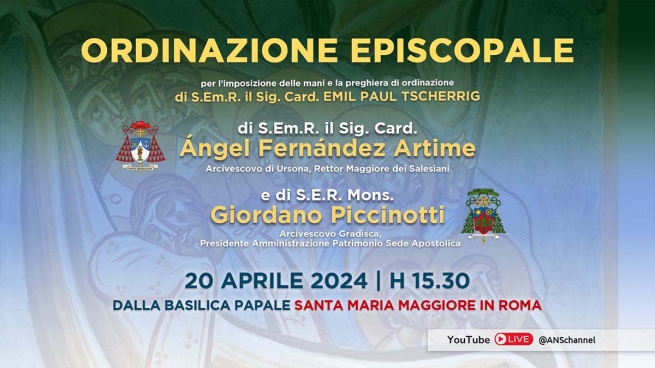Homily for the
4th Sunday of Easter
April 21, 2024
John 10: 11-18
1 John 3: 1-2
Villa Maria, Bronx
St. Francis Xavier, Bronx
Our Lady of the Assumption,
Bronx
“Jesus said:
‘I am the good shepherd’” (John 10: 11).
On Sept. 23, 2017, a priest from rural Oklahoma
was beatified—declared by the Church to be Blessed, i.e., recognized as among
the saints in heaven and as an intercessor for us at God’s throne.

The priest was Fr. Stanley Rother, a farm boy born
in 1935, ordained for the archdiocese of Oklahoma City in 1963, who 5 years
later volunteered for a rural mission among one of the native peoples of
Guatemala. He became part of a
missionary team at St. James (Santiago) Parish in Atitlan, where there hadn’t
been a resident priest in almost 100 years.
Besides celebrating Mass and the other sacraments for his impoverished
people, he helped develop a written form of their language and translate the
Bible. He taught them agricultural
skills and formed a farmers’ cooperative, built a school, hospital, and radio
station, dug a well, did carpentry and plumbing and many other services to
improve his people’s lives. He hiked
their dirt roads, ate their food, got his hands dirty. That was long before Pope Francis told
priests they should know the smell of their sheep.
Fr. Stanley also defended the people when their
rights and livelihoods, and the Catholic Church itself, were threatened by an
oppressive government amid a violent civil war.
People who spoke up were “disappeared,” tortured, and killed, including
some of the parish’s catechists. Fr.
Stanley buried the victims when their families were afraid to claim them. He spoke up.
Then his name went onto a death list.
By 1981 he was the last member of the missionary team left in Atitlan.
He said, “If I keep silent, what kind of a
shepherd would I be?” His archbishop in
Oklahoma urged him to come back home. He
did for a couple of months. But he said,
“The shepherd cannot run at the 1st sign of danger.” He returned to Atitlan, and days later, on
July 28, 1981, was killed in his rectory.
He was 1 of 10 priests murdered in Guatemala that year.
Pope Francis declared Fr. Stanley Rother a
martyr. Now he’s Blessed Stanley, the
shepherd who didn’t run, a shepherd who, like Jesus, knew his sheep, loved his
sheep, and laid down his life for his sheep.
On Good Shepherd Sunday, we honor Christ because
he died to save us from the wolves that want to devour us—Satan and his fiends
from hell “who prowl about the world seeking
the ruin of souls” (Prayer to St. Michael).
Christ, instead, leads us to safe, green pastures.
St. John teaches us that Christ,
further, loves us so much that by association with him we become God’s
children, not mere sheep; and we have a greater destiny, to be like God, “for
we shall see him as he is” (1 John 3:1-2).
And so we shall “share in the joys of heaven,” as our collect today
says.
Bl. Stanley Rother was a brave
shepherd like Jesus, solicitous for his flock in the face of danger. Besides honoring Christ and Bl. Stanley as
good shepherds, we might ask whom Christ expects us to shepherd. Parents, of course, shepherd their
children. So do grandparents and
teachers. It takes courage to protect
the young from the dangers of the world around us—not only physical dangers such
as we might meet in the neighborhood, but especially the moral dangers of sin
and the hundreds of lies that our culture promotes on the Internet, in
advertising, in the mass media, and even—regrettably—in public education and in
government policies.
We also act as shepherds by
encouraging men and women to serve the Church, the flock of our Lord Jesus, as
priests, sisters, brothers, deacons, catechists, teachers, visitors to the
sick, the imprisoned, and refugees—or we might do that ourselves. We act as shepherds when we pray “that the
humble flock may reach where the brave Shepherd has gone before” (Collect),
i.e., that God’s entire flock may reach the well-watered meadows of heaven.
Finally, we pray that the shepherds
of God’s flock—our bishops and priests—may be courageous protectors of the
flock, speaking and acting to defend human life in all its forms and the human
dignity of every person created in God’s image.























